Dan Bristow On His Gradual Transition From Fine Art To Garden Design

Contributions From DAN BRISTOW

Having designed hundreds of gardens, Dan Bristow (also known as 'Propagating Dan') is a prolific Garden Designer based out of North Wales. The RHS Silver-Gilt Award Winner has worked on gardens across the UK, and projects as far afield as India and Columbia. Dan studied Horticulture at Capel Manor College in 2009.
Growing up in a horticultural family, it’s little surprise that Dan Bristow wound up working in the field as an award-winning Garden Designer.
Dan’s design work has taken him around the world and in this guide, we discuss his early inspirations in the field, the difference between designing in the UK and abroad, and how he envisions the future of the industry.
Imagery in this article has been provided with permission by Luca Anzalone, Rick Pushinsky, Oskar Proctor, and Amy and Omid Photography.
What Inspired You To Transition From Fine Art & Graphic Design To Garden Design?
“Happenstance,” Dan simply states.
“My parents were both plant people and had taught me all the wildflowers and native trees when I was a child, but I had felt that garden design was too complex a discipline to consider.
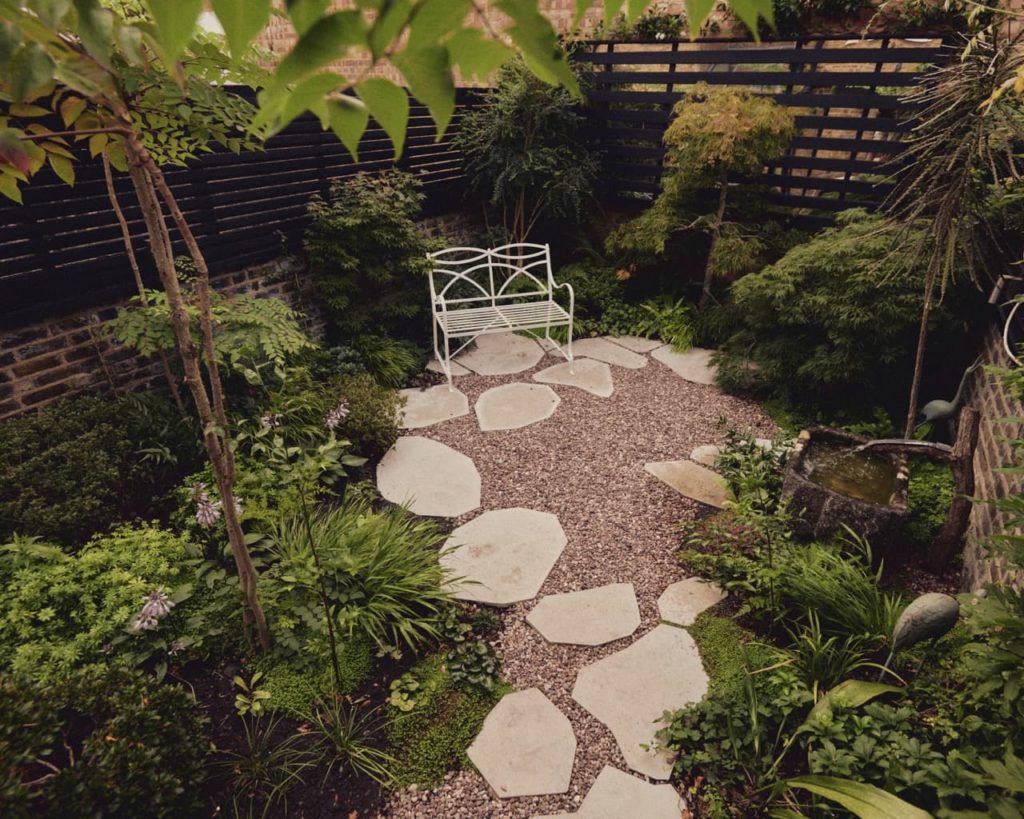
“It seemed to me like trying to be an architect using organic building blocks or a painter with a constantly shifting canvas.
“I took a job as a maintenance gardener while I was in graphic design to get outside and experience the soil and seasons and slowly the two worlds of horticulture and design merged.”
Were There Any Specific Gardens Or Designers That Inspired You When You Were Just Starting Out?
“Actually, no! I was initially quite concerned about the desire to emulate others, preferring to have an outsider’s take.
“I had a tutor when studying graphic design who recommended that we never read graphic design magazines, instead engaging in something unrelated like Embroidery Monthly or the Mathematical Gazette – advice which has clearly stuck with me.
“That approach certainly made for plenty of trial and error early on and I’ve become interested in other designers and gardens in recent years, but am still intrigued by the ideas of those outside of horticulture and try to keep that fresh, first principles viewpoint.”
Can You Describe The Philosophy Behind ‘Propagating Dan’ And How It Sets You Apart From Other Garden Designers?
“The aim of our landscapes is to heighten the experience of living, working and playing outdoors,” he shares.
“Each project must, of course, engage with the architecture and its surrounding context – whether by complementing or consciously contrasting with it, it really comes down to what kind of space we are creating with and for the client.
“Our principles are earth-conscious by nature, so we feel that the landscapes themselves don’t need to overtly project this ethos and are aesthetically freer as a result.
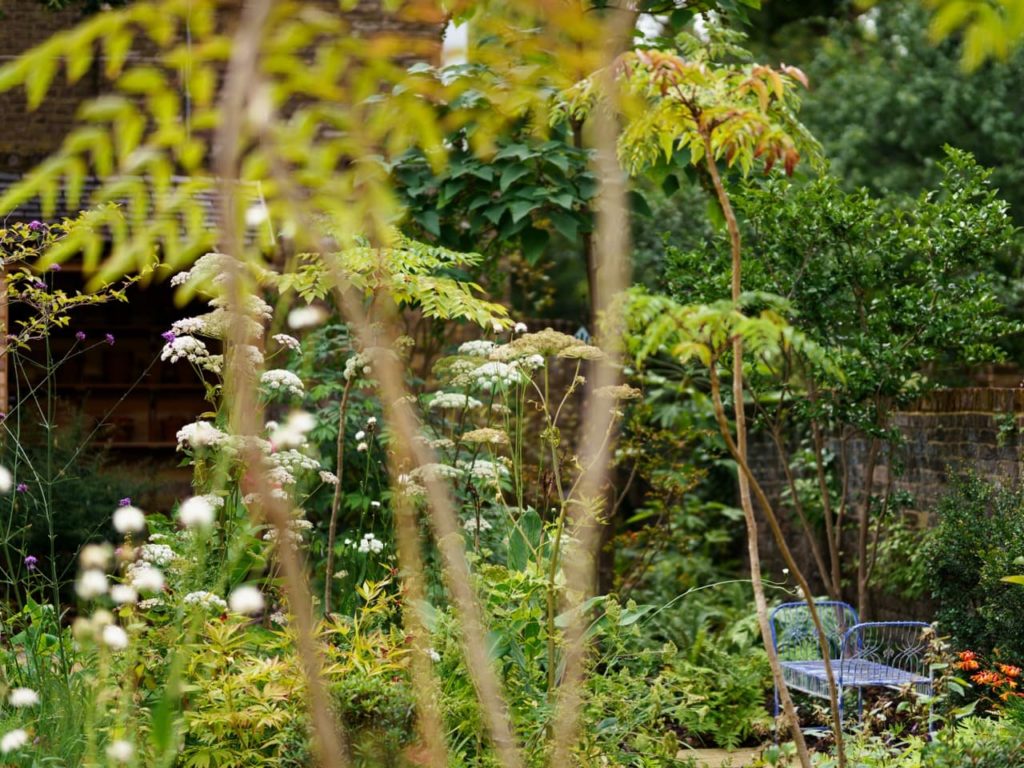
“We don’t impose a preconceived style on our projects, and we don’t shy away from incorporating elements that aren’t part of current design orthodoxy – and so it really is true, with us, that each garden we design is very different from the others.
“I suppose my deep love of using extensive, well-researched and more unusual plant palettes perhaps overarches. We try to take a bold, irreverent and playful approach, married with a grounded, long-term focus.
“I feel like a combination of levity and craftsmanship is what makes our gardens different from other designers and I hope that this commitment to doing things slightly outside of design orthodoxy will stay with us always!”
You’ve Designed Gardens Both In The UK And internationally. Are There Any Specific Challenges Or Considerations When Designing For Different Climates?
“Absolutely!” says Dan.
“It’s really exciting to design for a different climate or new architectural vernacular, as it opens up a whole new palette. We try to tap into local knowledge, and definitely don’t go in thinking we have all the answers.
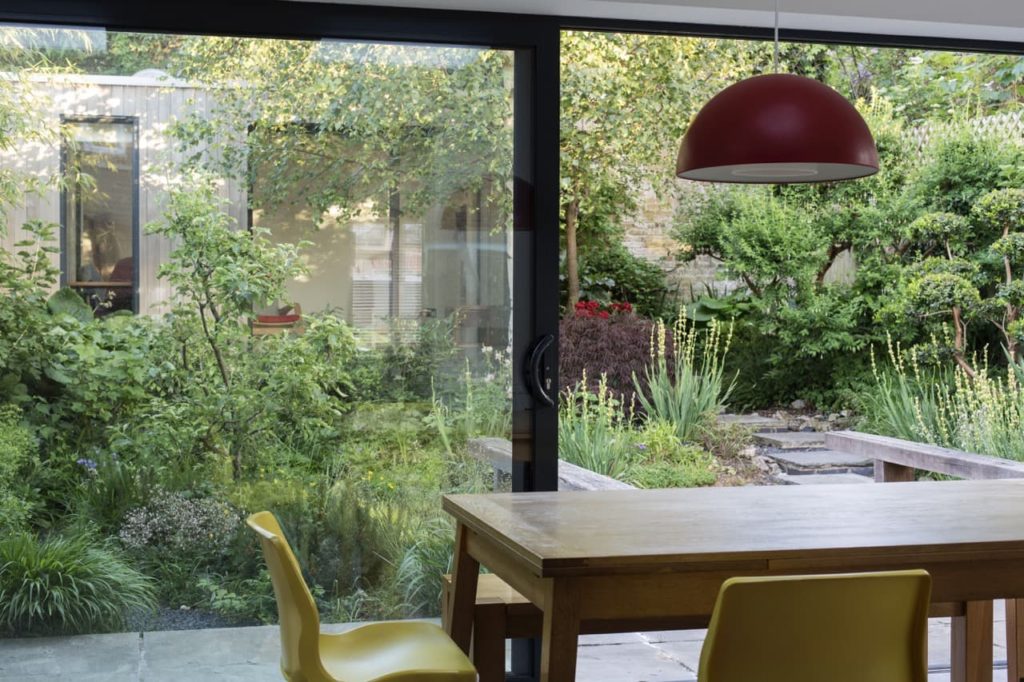
“There are often very good reasons that determine the particular use of materials and plants in an environment, so we tread carefully.
“It’s more about applying techniques to create an atmosphere by utilising the range of plants available, and maybe bringing in a new landscaping idea but using local materials to do it. It’s not about imposition or reinventing the wheel.”
What Is One Piece Of Gardening Advice You Wish You Could Give To Your Younger Self?
“Don’t try reinvigorating a large pampas grass using the just-set-fire-to-it method in the middle of a heatwave…”
How Do You Envision The Future Of Garden Design, Especially In The Context Of Climate Change And Sustainability?
“I think that our addiction to imported plants from the continent will have to stop, and UK-grown plants will come to the forefront again,” he hopes.
“The same goes for imported stone. We are doing a project in Aberdeenshire and I was dismayed to find that there are now no quarries in Scotland producing granite for anything other than aggregate, despite the city of Aberdeen famously being built of it.
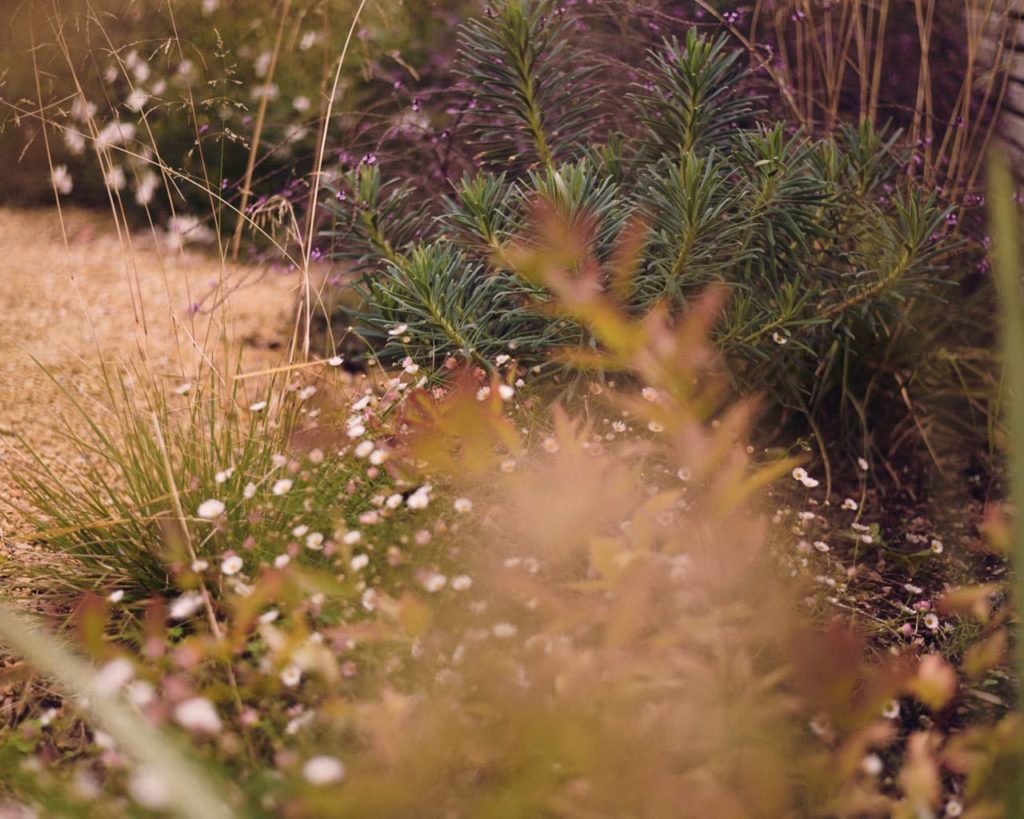
“There are still local quarries around that have a wealth of knowledge about their material, we should be supporting them.
“I am a passionate believer in responsible, long-term focused design. I’d like to think that our gardens could, and should, mature for decades if not centuries. I don’t like the idea that gardens succumb to trends and are replaced, wholesale, every decade or two.”
What’s The Most Rewarding Aspect Of Your Work And What Keeps You Passionate About Garden Design?
“The combination of creativity, nature and the constraint of the built environment is continuously fascinating to me. There are myriad possibilities which I now just see as opportunities – unlike my younger self!
“Another gratifying element is the tiny part we have to play in ‘greening’ cities, breaking up one concrete slab at a time to create living and breathing oases.”
What’s Next For ‘Propagating Dan’?
“I’ll be off to Crete soon to do the setting out of the plants on a project there, which I’m really excited about,” Dan shares.
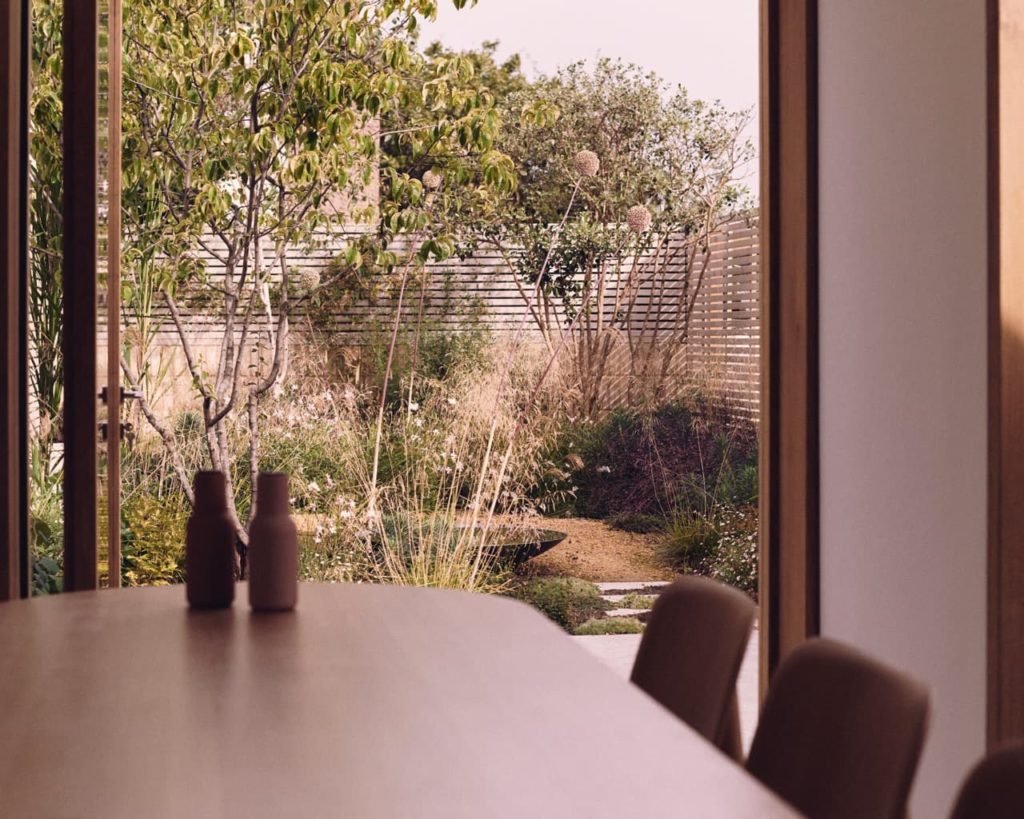
“We have also just started work on a 2,000 square metre roof garden in the middle of St. Austell, Cornwall.”

